Leica: The Camera That Made Miracles. Why? Because It Was Compact Enough To Be There When You Needed It
A few days ago I spent a cold and uncomfortable evening on the porch of an abandoned house on Route 222 outside of Saratoga, North Carolina, basically the middle of nowhere. I’d been halfway through what was to be a hard workout (for me) – drive out of the city, park in Middlesex NC, where I’d start my ride, ride due east on 222 then south on 43 into Greenville, grab something to eat, turn around and hammer it back to the truck before it got too dark. 140 miles, give or take, flat well-paved roads, not much traffic, a cold but sunny day with little wind. Perfect.
My intent was to ride a good hard pace – (for me, at that distance, 17-18 mph average) – and to do so I’d grabbed a set of 60mm carbon wheels shod with lightweight “race” tires, $70 a pop ‘Michelin Pro4 Competition Limited’ tires, the idea being to minimize rolling resistance and tire weight. Plus, they’re very sexy, fast rolling and “supple” (whatever that means) and all the fast guys run them. This turned out to be a mistake.
Ten miles north of Greenville, I had my first flat. From, there 30 miles into the return journey, sun going down, I’d had 4 flats and was out of tire patches and CO2 cartridges to pump up tubes. One more flat and I was walking. A mile or two east of Saratoga, just a crossroads on a map, I heard the now familiar “swoosh” of my tire decompressing. A few minutes later I was sitting on the porch, 40 miles from my truck and 90 miles from home, freezing my ass off. Luckily, I begged a ride from a friend, who road the 120 miles from Chapel Hill to rescue me. Luckily as well, I’d loaded an audio recording of Homer’s Odyssey on my phone, which kept me company while I waited. My ride arrived just as Odysseus was sailing past the Isle of the Sirens, tied to the mast, wax in ears, his attempt to resist the fatal allure of the Sirens’ song. Funny, I thought, how the universe sends you these little hints…and how often we ignore them.
I’d no one but myself to blame for the 3 hours I spent huddled in my sweaty riding gear, 3 degrees Celsius, pitched darkness, waiting for my ride. I’d been out in the boondocks by myself, riding on a set of super-sexy “race” tires that offer little in the way of puncture protection, when I should have been riding a good set of heavy duty training tires, marginally slower and heavier, but strongly puncture resistant. I’d chosen the wrong gear for the ride.
Two days later, I tried the same ride, but this time with Continental ‘Gatorskin’ training tires, which are known to be impervious to most anything that would flat a “faster” tire. Supposedly, they’re 8 watts slower than the Michelins. 8 hours, 30 minutes on the bike, 138 miles there and back, not one flat. Clearly, the right tire for the ride.
The point being, something, great in theory, might be great for some things but not so much for others. It’s all about context.
*************
Freemont, NC. I was in a Tri-X and Leica Mood
“How did I come to make the Leica? Back then I took pictures using a camera that took 13×18 plates, with six double plate-holders and a large leather case similar to a salesman’s sample case. This was quite a load to haul around when I set off each Sunday through the Thuringer Wald. While I struggled up the hillsides an idea came to me. Couldn’t this be done differently?” Oskar Barnack, creator of the Leica
There’s no question that a 6×6 Rollei gives a “better” image than than a 35mm Leica. And yet, much of the iconic reportage photography of the 20th century was taken using a Leica. Why? Because the portability and simplicity of the Leica allowed you to get the shot in the first place. A pre-condition of getting the shot is to have a camera with you in the first place.
As I’ve argued elsewhere (here, and here, and here), we’ve gotten to a place where the phone in your pocket is usually your “best” camera. Like the Leica which preceded it, it’s small, portable, simple. Not only can you take it everywhere, you do. Your iPhone is the new Leica. Granted, it’s not as sexy, it doesn’t connote a certain status or sophistication. It’s a disposable consumer good you upgrade every two years or so. So what. It get’s the shot, and that’s the point. Photography is ultimately about photographs and not how we get them. Or, at least, it should be.
Below are a few photos I took on my most recent ride, the one where I had enough sense to choose a decent pair of training tires. Whenever I saw something interesting, I stopped and took a picture of it. With my iPhone 8. Super simple, as it’s always tucked away in my back pocket literally everywhere I go. That day, I was seeing things in a 6×6 format. In color. Back in the day, that meant I’d have to drag my Rollei along with me, loaded with color film. The odds of that all coming together were highly unlikely, meaning that as a practical matter the picture wouldn’t get taken. With the iPhone, not only did I get the photo, I got to choose the format, the film, etc on the fly, and I could change my mind after the fact if I so desired. Had you told me 40 years ago I’d be able to do that, I’d have thought you were crazy. Today it’s a given. Think about that. That’s amazing.
Views: 1749

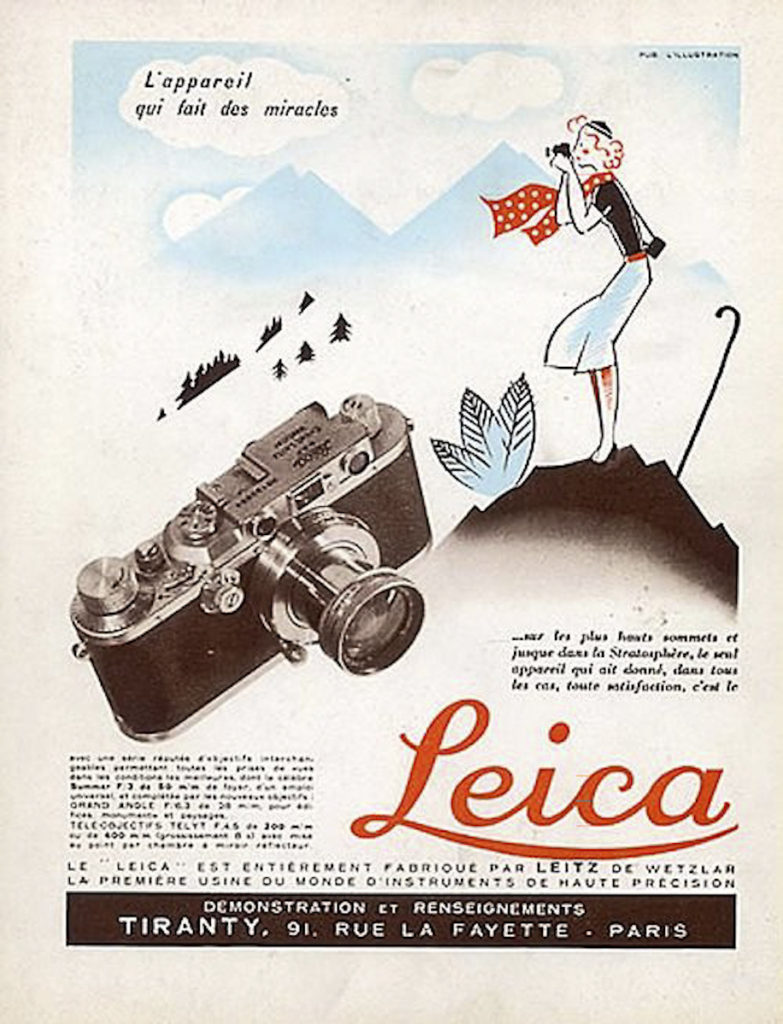
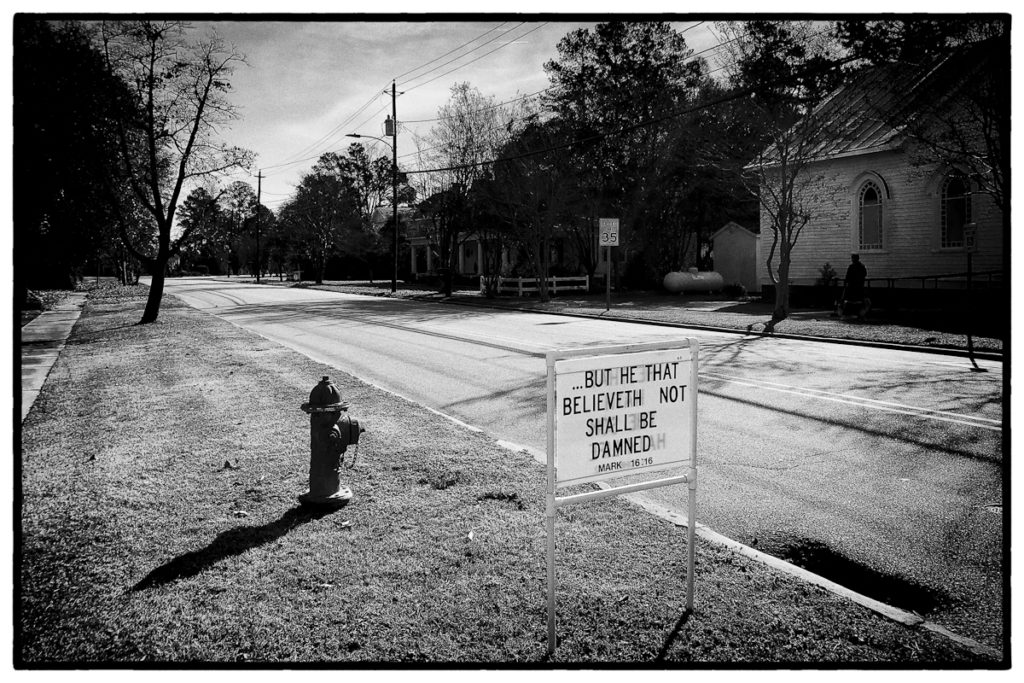
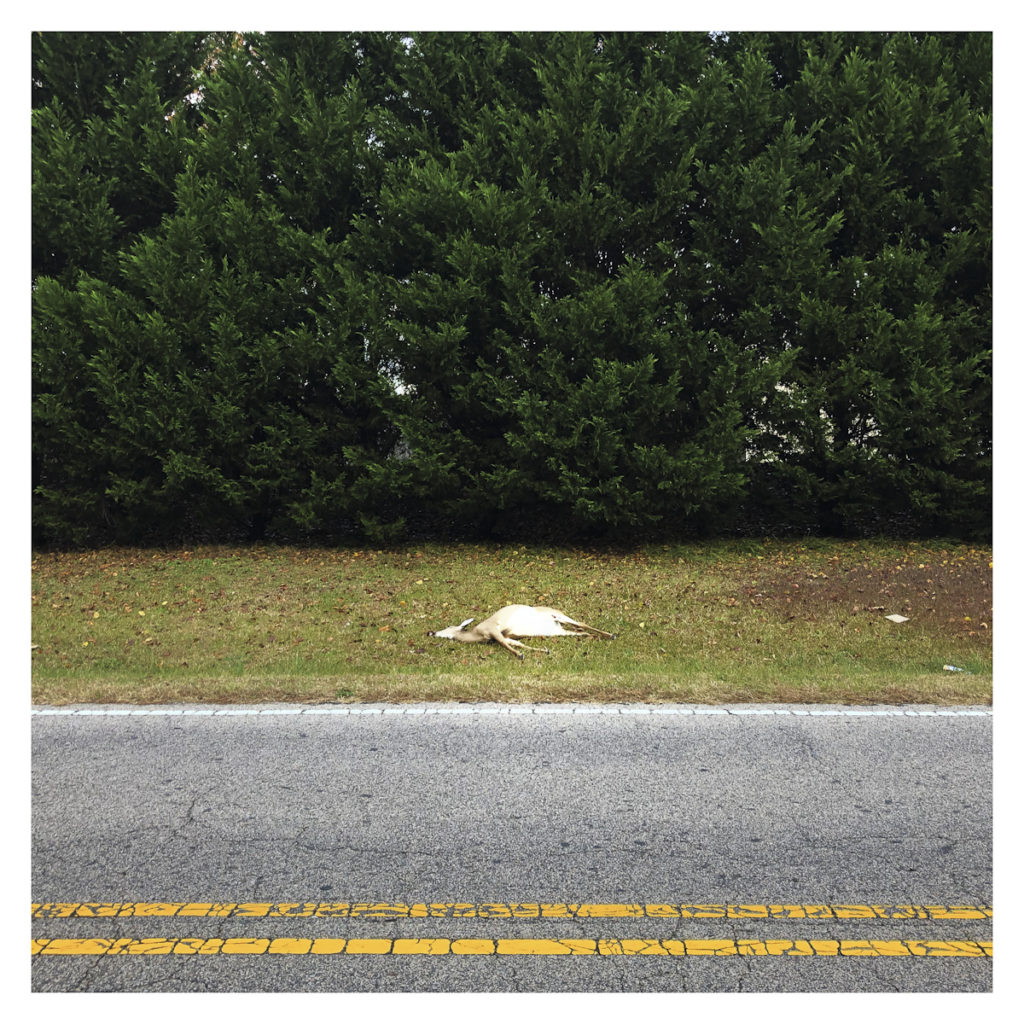
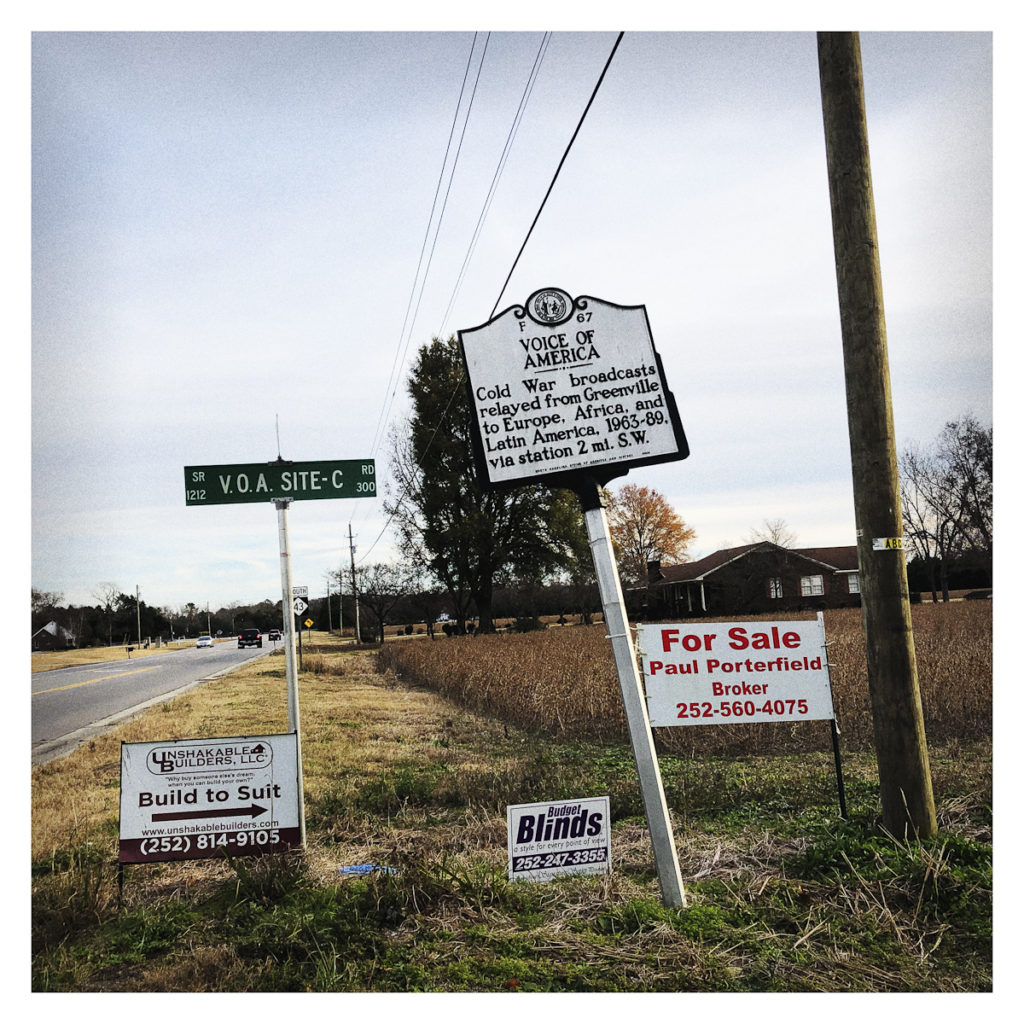
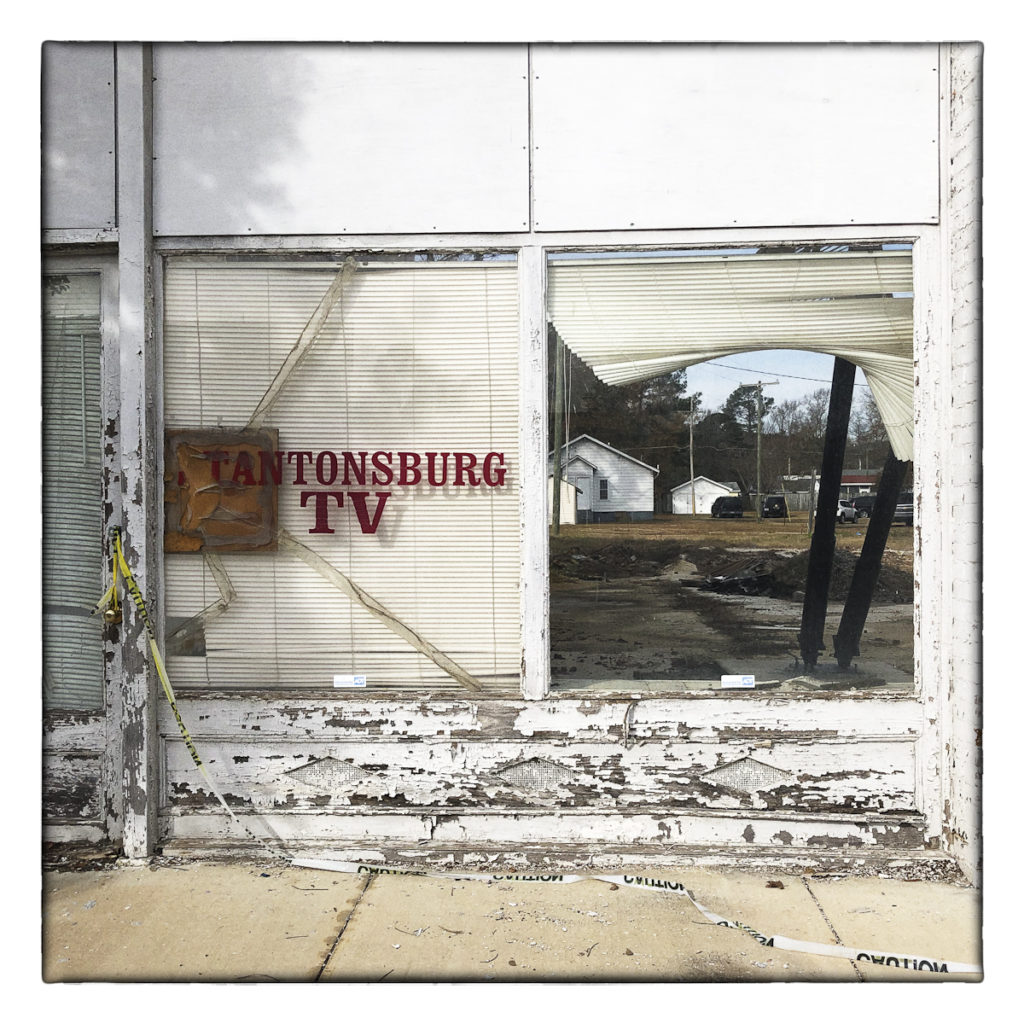

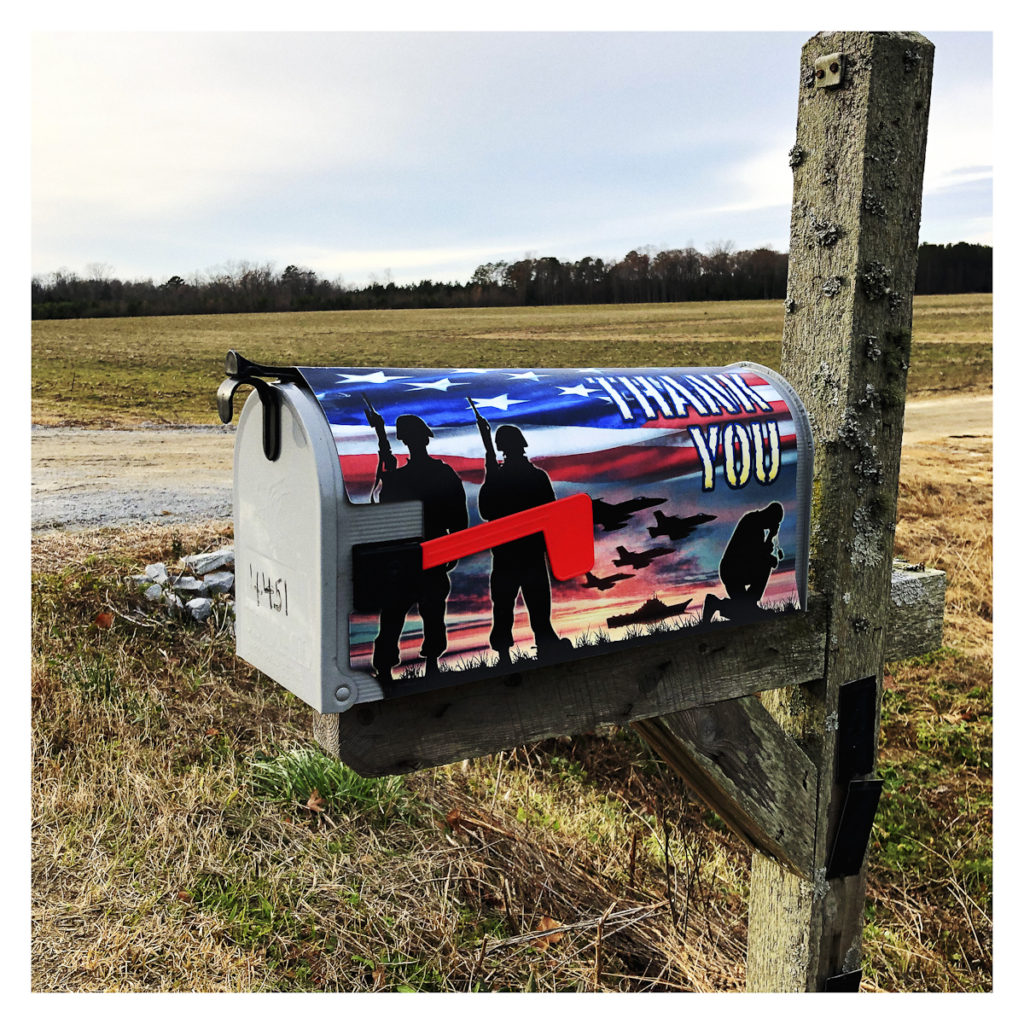
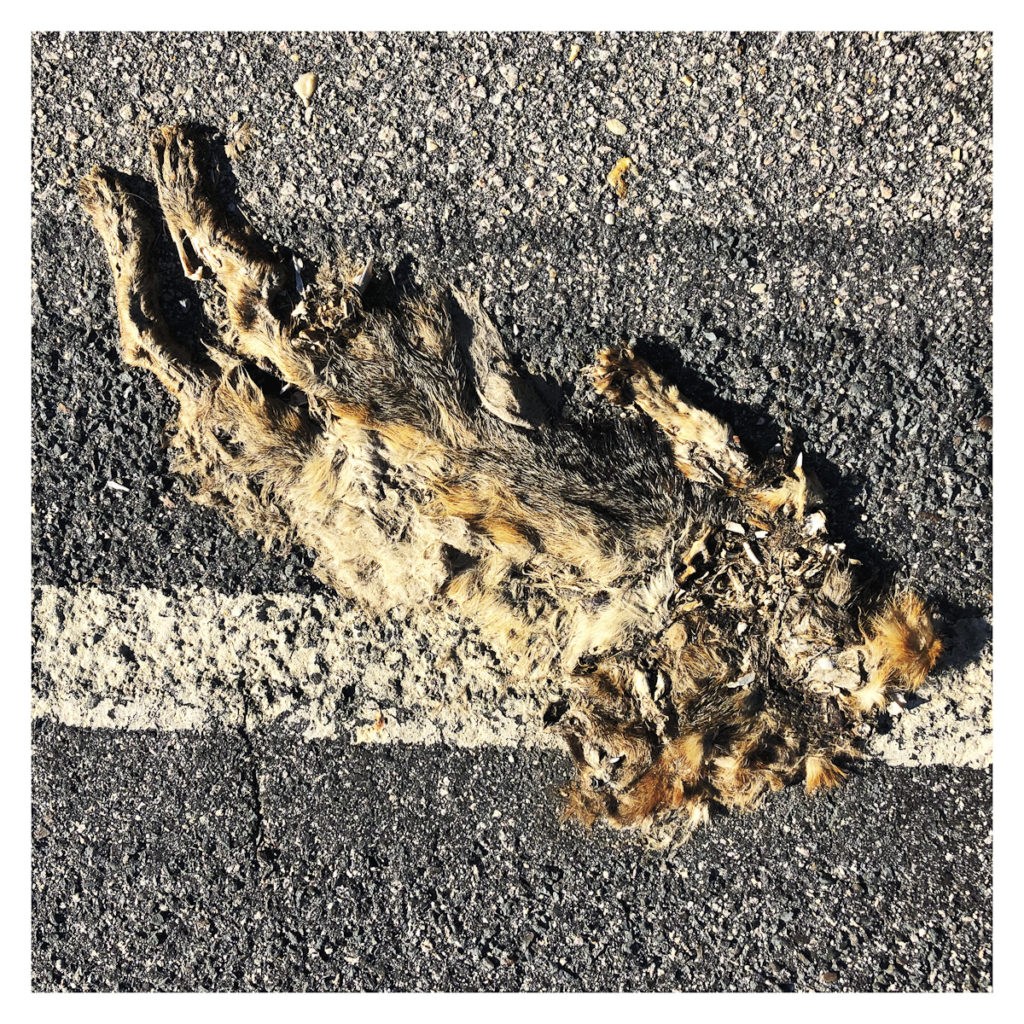
As I have mentioned, I don’t rate my photography that highly, but I have been doing a lot of it in the last ten years, due to forced retirement. I wanted something to do, and bought a series of cameras, seemingly on an eternal mission to find my best camera.
It is true, I have around six or seven best cameras, and a handful of lenses, and I wander around with one or the other, whatever is my pick of the day… Usually a film camera, and I will make a handful of crappy pictures of what I have seen, and as mentioned to Mark Twight, I treat it as a sort of walking meditation.
However what you say above is so true, I always have my iPhone with me, and I would say that I always take some of those crappy snaps with that device too… It is soooo user friendly.
I’ll raise you one dead fox, for a dead rat, flat on its back with its tail sticking out absolutely straight… in a no parking zone (in England that is a yellow line).
Finally, to further bolster your conjecture, unlike me, my daughter is a fantastic snapper, she is also a picture editor for an international picture library, so she knows a good snap when she sees one. The only camera she has, is an iPhone.
As for tubular tyres, don’t talk to me about them… Or perhaps you should have, I tried them on a ride around thirty years ago, and had a similar experience to you… The only good thing was I was with a cycling club (Gemini, it was called), so I was with others who were able to help every time I heard that depressing depression.
Mr. J,
I have enjoyed your musings to Tim’s posts.
Tim, your site was recommended by Rob Campbell so I recently started reading and have made it back to November of 2017. It’s really good.
I am replying to ask Stephen if he has any social media sites?
Stephen, I see here that Tim thinks highly of your contributions and I agree. He has asked repeatedly for a formal blog post but I have yet to see one. No pressure Stephen but why not?
I really would like to see some of your work.
I’ve never felt comfortable with a choice of cameras and even my choice of lenses is kept to an absolute minimum. Restrictive, well yes, but that’s how I like it.
So, for this tog at least, the right tool is the only tool and is key.
Horses for courses is the obvious way to work.
I loved my Raleigh Lenton bike, but my cars that came later much more. Masochism, in that form at least, wasn’t on my list of things to enjoy again before dying. If I eventually lose my driving licence due to age and vision, then maybe two wheels will seem mas que nada, but until then, no thanks! A nice idea at times, but the reality, in my case and condition, is something else.
Cameras are no different: 6×6 was the automatic choice for some shoots, and 35 mil for others. The two formats made you a different photographer, depending on the fomat in use. When working away from base I’d drag along most of the stuff that I had in whichever format I knew I was going to use; today, work a fond memory, it’s never more than one Nikon with one lens attached before I close the door, with the rest sleeping away behind me. Choice, for the casual shooter, becomes a distraction. I don’t mean that the “great shot” escapes (that kind of shot doesn’t exist for me outwith the pro life), but having no alternative choice, intentionally, allows me to think in one focal length and use it to the best of my ability rather than mess around like a frantic salesman in a camera shop, if anyone remembers such shops.
Simplicity usually works best, both within images as with the stuff used to make them. Having said which, I now refuse to use my cellpone for photography beyond making snaps to show somebody in a shop – or workshop – something that’s broken and needs repair or replacement. For that, it’s better than words, especially if you can also snap identity or model codes.
Rob
140 can be a good, transformative odyssey especially when weather and tech issues intervene. I gave up on Vittoria Pavés first, then Gatorskins, and eventually settled on the Panaracer Ruffy Tuffy in 28, which survived the lanes of southeast England and a lot of London combat riding, four months in Bulgaria, gravel roads in Italy and Michigan, commutes across Parisian-polished cobbles, and long rides through the Alps and Dolomites. I accept the extra watts required because—as you wrote—these tires are the right tool for the job (for me).
I hate to admit it but yes, the phone is often the same, or maybe a Fuji X70 …
Mark
As I commented at the previous post, I believe that the right camera is the one that allows you to express your vision the way you want, so in a sense, it is about using the right tool.
The M9 with the right lenses and processing creates some of my favourite images, and I’ll take it with me on mission-critical trips where I know I’ll want that ‘something extra’ from my photography.
As much as a smartphone is convenient, the image quality just isn’t where I want it to be, so the smallest camera I now carry is the Sony RX0, with a 1 inch sensor, 24mm f4 equivalent lens, in a waterproof and shockproof body the size of a DSLR battery. For me, it’s just about perfect for daily snaps for which others might use a cellphone.
To capture things I want made ‘immortal’, I use a Contax T3 loaded with Fuji XTRA 400 or Kodak Portra. It’s small, quiet, and has gorgeous rendering. In fact, the Sony and Contax are my current EDC kit. When I want the pleasure and quality of the M, out comes the M9.
My strategy is generally to arrange things so that the various possible outcomes are of relatively low impact. A long, rural, solo bike ride is what I call a “brittle” situation, in the sense that relatively small things can have an outsized result.
My photography is much the same. I simply don’t do “brittle” shoots. Most of my “serious” photography these days is simply to go out to the alley behind my house, and shoot what is there. The alley will be there tomorrow, and the next day, and there If my camera breaks, if the battery runs out, if I forget the SD card, so what?
In general, I try to arrange my entire life this way, with… mmm… tolerably good resutls.